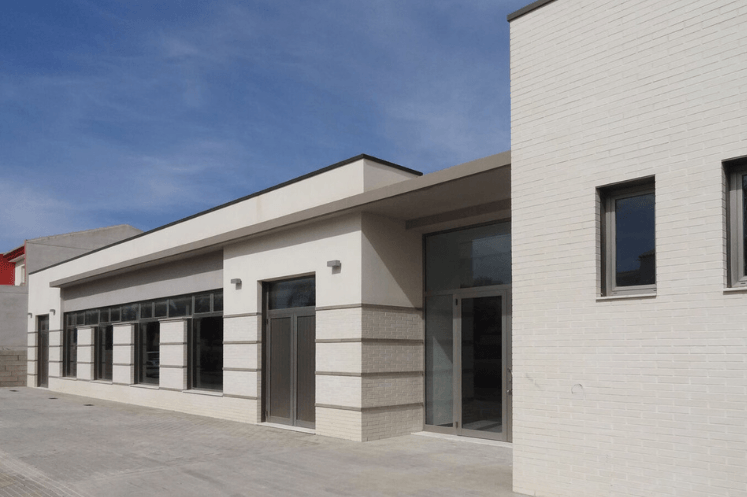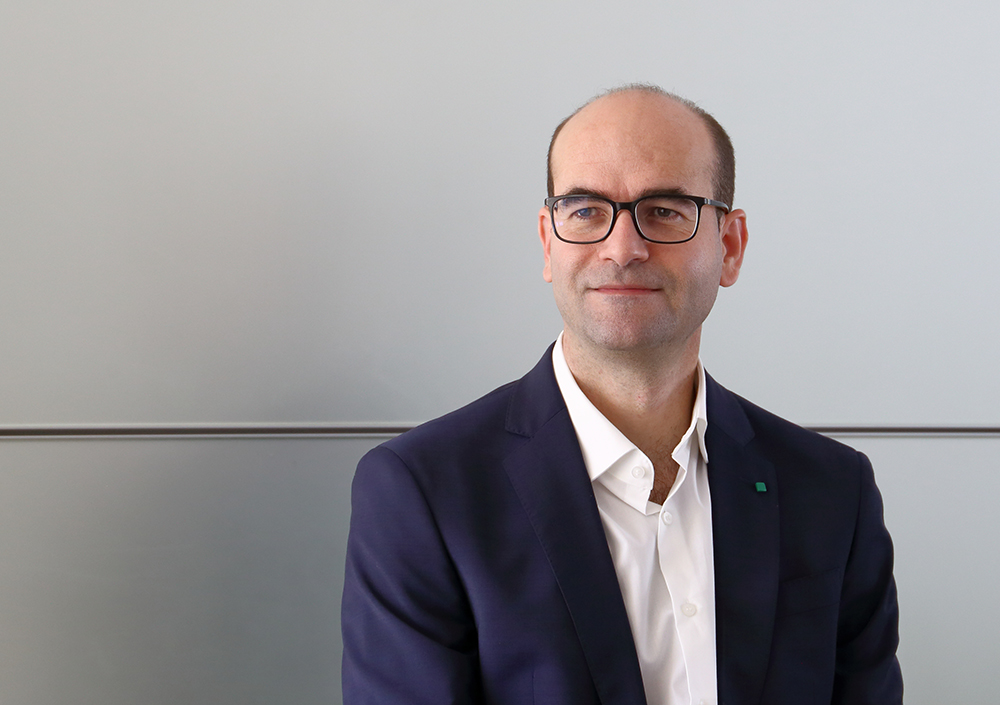We live in an age where sustainability and energy efficiency are becoming increasingly important. At Vello Arquitectos, we are aware of this fact and we seek to reflect these values in each of the projects we undertake. Here, we explain how we incorporate energy efficiency in our public building projects.
Energy efficiency in public buildings: why it matters
Public buildings are an integral component of our society. Schools, hospitals, libraries, government offices, and other infrastructure serve entire communities and their energy impact is substantial. According to the European Commission, buildings are responsible for 40% of energy consumption and 36% of CO2 emissions in the European Union.
Reducing the energy consumption of public buildings not only has a positive environmental impact, but can also result in significant economic savings. In addition, energy efficient buildings provide a healthier and more comfortable environment for users, increasing their satisfaction and well-being.
Contact our architectural firm
Our approach to energy efficiency
As an architectural practice committed to sustainability, our approach to energy efficiency is based on three main pillars.
Passive design
The first pillar is passive design. This is a design strategy that focuses on taking advantage of site characteristics and the local climate to minimise the need for artificial heating and cooling. This may include orienting the building to maximise sunlight in winter and minimise sunlight in summer, selecting materials with appropriate thermal insulation properties, and designing ventilation to encourage natural air flow.
Selection of materials
The second pillar is the choice of materials. At
Energy-efficient technology
Finally, the third pillar is the incorporation of energy-efficient technologies. This can include energy-efficient LED lighting systems, high-efficiency air conditioning systems, and energy management systems that allow the building’s energy consumption to be monitored and controlled. We also consider the use of renewable energy sources, such as solar panels or geothermal systems, where feasible.
Beyond Energy Efficiency: Resilient and Healthy Public Buildings
At Vello Architects, our vision of sustainability goes beyond energy efficiency. We believe that public buildings should be designed not only to minimise their environmental impact, but also to improve the health and wellbeing of their users and be resilient in the face of future challenges.
To this end, we consider factors such as indoor air quality, access to natural light, ergonomics and accessibility in our designs. We also seek to anticipate future challenges, such as climate change, by designing buildings that can adapt to different climatic conditions and withstand extreme events.
In conclusion, at Vello Architects, we are committed to creating sustainable, energy-efficient public buildings that serve our communities and our planet. If you are interested in learning more about our vision and how we can contribute to your next public building project, please do not hesitate to contact us.


